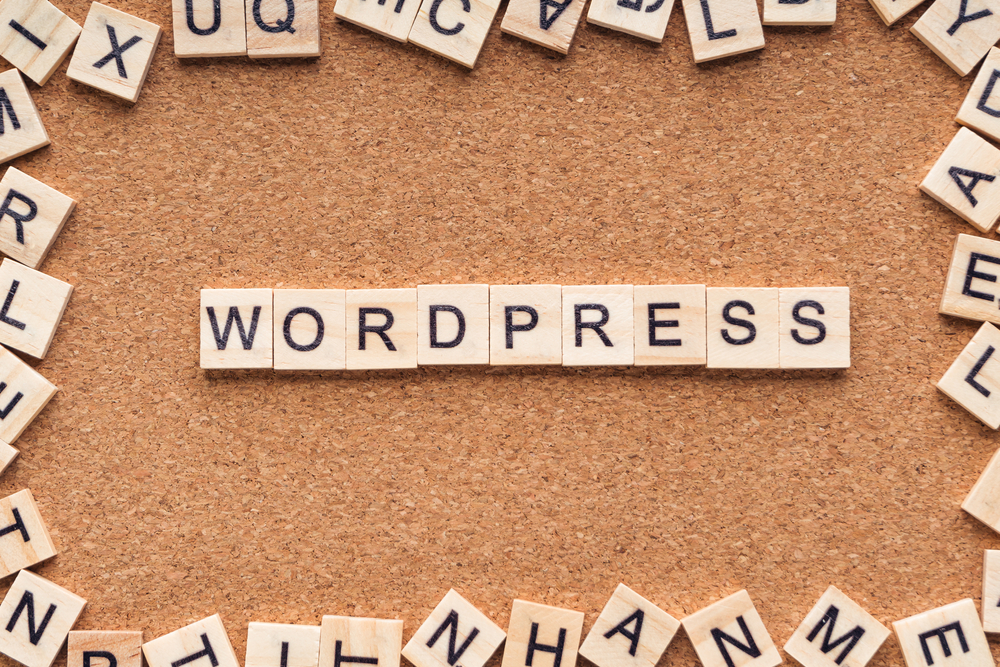
Mastering WordPress: Essential Tips & Tricks for Customizing and Maintaining Your Website

WordPress is a powerful and versatile content management system that has revolutionized website creation and maintenance. With its user-friendly interface and countless customization options, WordPress has become the go-to platform for both beginners and experienced website owners. In this article, we will explore essential tips and tricks for mastering WordPress (the blogging platform) and making the most out of this incredible platform.
1. Choose the Right Theme
One of the first steps to customizing your WordPress website is selecting the perfect theme. A theme determines the overall look and feel of your website, so it's essential to find one that aligns with your brand and business goals. WordPress (or WP) offers a vast library of free and premium themes that cater to various industries and design preferences. Spend some time exploring different themes and choose one that best represents your website's purpose and style.
When selecting a theme, consider factors such as responsiveness, customization options, and user reviews. It's also important to ensure that the theme is well-supported and regularly updated by the developers to prevent any security vulnerabilities.
2. Customize with Plugins
WordPress plugins are powerful tools that extend the functionality of your website. Whether you want to add a contact form, improve search engine optimization, or enhance performance, there's a plugin that can fulfill your needs. The WordPress plugin directory offers thousands of free and premium plugins for various purposes.
However, it's crucial to choose and install plugins wisely. Installing too many plugins, especially poorly-coded ones, can slow down your website and introduce security risks. Before installing a plugin, read reviews, check compatibility with your WordPress (the platform for bloggers) version, and ensure that it's actively maintained.
Popular WordPress (WP) plugins include Yoast SEO for improving search rankings, Jetpack for website security and performance optimization, and WooCommerce for setting up an online store.
3. Utilize Child Themes
If you want to make customizations to your chosen theme, utilizing a child theme is highly recommended. A child theme is a separate theme that inherits styles and functionality from its parent theme, allowing you to make changes without modifying the original theme's code.
By using a child theme, you can preserve your changes even when the parent theme is updated. This is especially important if you've made extensive modifications or added custom code. Creating a child theme involves creating a new folder, adding a stylesheet, and enqueuing the parent theme's styles. There are plenty of tutorials available online that guide you through this process.
4. Optimize for Speed
Website speed is a critical factor for user experience and search engine rankings. Thankfully, WordPress offers various techniques and plugins to optimize your website's speed.
Start by selecting a lightweight theme from a reputable developer. Avoid themes that come bundled with excessive features you won't use. Additionally, perform regular maintenance tasks such as optimizing images, cleaning up the database, and enabling caching. Plugins like WP Rocket and W3 Total Cache help automate these tasks and improve overall performance.
5. Regularly Update and Back Up
WordPress regularly releases updates to address security vulnerabilities, introduce new features, and improve overall performance. It's crucial to keep both WordPress core files and installed plugins/themes up to date to ensure a secure and stable website.
Before updating, always back up your website to avoid any potential data loss. WordPress provides plugins like UpdraftPlus and BackupBuddy that simplify the backup process. By regularly updating and backing up your WordPress website, you can enjoy the latest features and security enhancements without worrying about potential issues.
Frequently Asked Questions
Q1. How do I install WordPress?
A1. Installing WordPress is a straightforward process. Most hosting providers offer a one-click WordPress installation option. If not, you can manually install WordPress by downloading the installation files from wordpress.org, creating a database, and following the installation instructions.
Q2. Can I customize the appearance of my WordPress website?
A2. Absolutely! WordPress offers a range of customization options. You can modify the theme's settings, change colors and fonts, add custom CSS, or even create a child theme and make extensive modifications to the code.
Q3. How can I improve my WordPress website's search engine optimization?
A3. WordPress is already well-optimized for search engines, but plugins like Yoast SEO or Rank Math can help further enhance your website's SEO. They provide tools for optimizing meta tags, generating XML sitemaps, improving content readability, and much more.
Q4. What should I do if I encounter a WordPress error?
A4. WordPress errors are common, but most can be easily resolved. Start by identifying the specific error message or code, and then search for a solution online. Many websites and forums provide step-by-step guides to fix specific errors. If you're unsure, consult a professional or reach out to WordPress support forums for assistance.
Q5. Can I run an online store with WordPress?
A5. Yes, you can! WordPress integrates seamlessly with WooCommerce, a powerful e-commerce plugin. With WooCommerce, you can set up products, manage inventory, process payments, and create a full-fledged online store.
Mastering WordPress takes time and practice, but with these essential tips and tricks, you'll be well on your way to creating and maintaining a beautiful and functional website. Remember to stay up to date with the latest WordPress features and best practices to optimize your online presence. Happy WordPress customizing!
Other useful resources
- https://en.wikipedia.org/wiki/Blog
- https://www.wordpress24plus.com